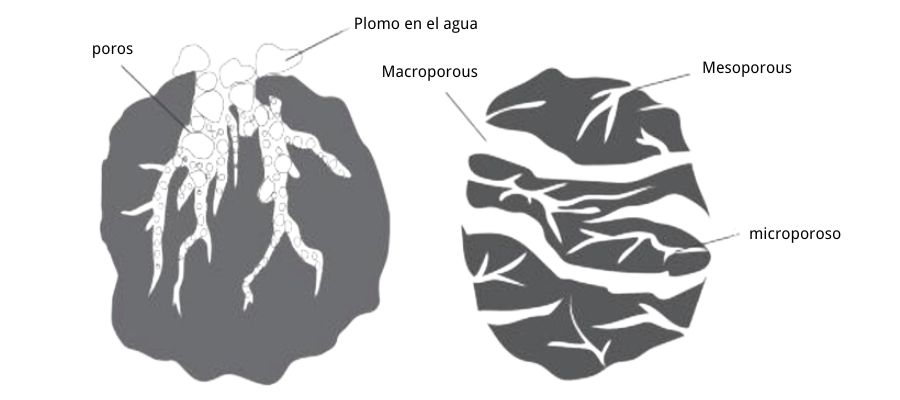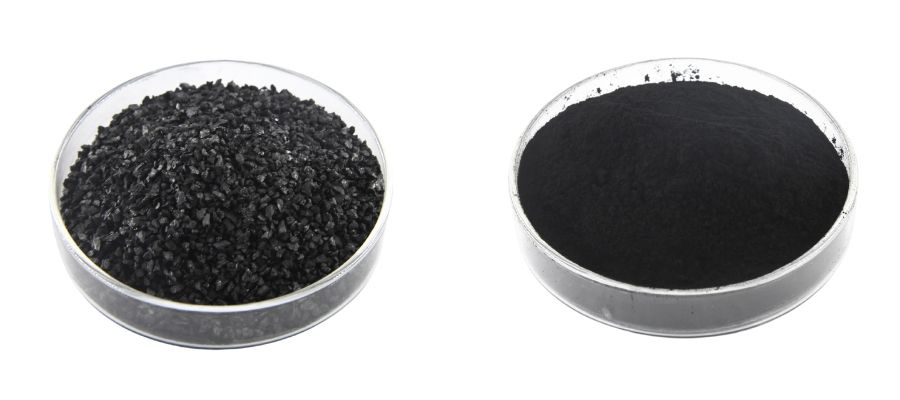This article deals with the removal of lead from water using activated carbon. Water contamination by heavy metals is considered a serious threat to the environment and especially to human health. Natural water can become contaminated with metal ions due to waste discharges from industrial or mining activities.
The most common toxic metals found in wastewater are copper, cadmium, chromium, nickel, zinc and lead. Although there are several methods to remove heavy metals from water, one of the most effective is adsorption with activated carbon, which is effective in adsorbing heavy metals from water due to its large specific surface area, pore size distribution and the presence of different functional groups on the surface.
Principle Of Operation And Adsorption Performance Of Activated Carbon

Activated carbon is a material with a high surface area and porous structure, manufactured primarily by carbonizing organic substances such as coconut shell, charcoal and wood. This unique structure gives activated carbon a powerful adsorption capacity to capture and remove a wide range of contaminants from water, including the heavy metal lead.
When water containing lead flows through the activated carbon, the lead ions present in the water will be adsorbed by the pores of the activated carbon and will be firmly fixed on the surface of the activated carbon by the dual mechanism of physical and chemical adsorption.
Physical adsorption is based on the large surface area and porous structure of the activated carbon, where lead ions are adsorbed on the surface of the activated carbon by Van der Waals forces. Chemical adsorption, on the other hand, involves a chemical reaction between the functional groups on the surface of the activated carbon and the lead ions, forming stable chemical bonds that enhance the adsorption effect. This dual adsorption mechanism makes activated carbon excellent for removing lead from water.
Request a Quote
Selection of Activated Carbon for Lead Removal

The two main types of activated carbon used to remove lead from water are granular activated carbon and powdered activated carbon. Due to its large particle size, granular activated carbon is commonly used in continuous flow water treatment systems, such as domestic water purifiers and municipal water treatment facilities.
On the other hand, powdered activated carbon is commonly used in batch treatment systems as an adjuvant in chemical precipitation processes due to its smaller particle size and larger surface area. Different types of activated carbon vary slightly in their effectiveness in removing lead, so it is essential to choose the right type.
PUROCARBON has more than 18 years of experience in the field of activated carbon, if you have any need related to water treatment, please fill out the form below to contact our team of professionals.
